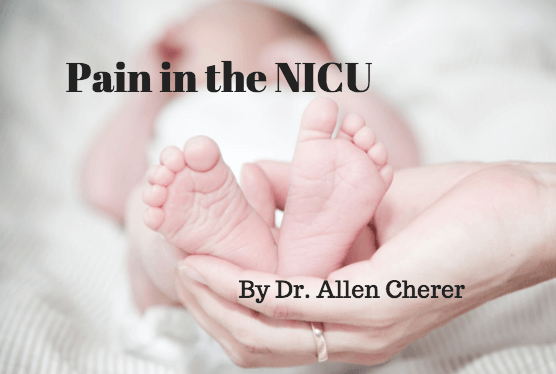Sick newborns often rely on a ventilator to supply oxygen, and are tethered by a plastic endotracheal tube (ETT). Often-times, this tube accidentally pops out. This represents the fourth most common complication experienced by newborns in NICUs. It can cause oxygen deficiency (hypoxia), high carbon dioxide levels in the blood, trauma to their airway, intraventricular hemorrhage, code events, and more. “Unplanned extubations” also have the potential to nearly double the time of a hospital stay and increase the cost of care by $36,000 per patient. Because of this, the Children’s National Health System’s NICU spearheaded a quality-improvement initiative to reduce the prevalence of unplanned extubations.
Many providers order a chest X-ray daily to verify the positioning of the ETT and prevent unplanned extubations. However, this costs a lot of money, and potentially exposes infants to radiation. Nobody needs to spend more money to expose themselves to more radiation, and that is particularly true for premature infants. As part of their initiative, Children’s National has found that these same X-rays can be performed just twice weekly. This sounds like a pretty simple initiative, but its consequences are surprisingly far-reaching: it lessens the chances of the breathing tube accidentally popping out, reducing radiation exposure, and saving roughly $1.6 million a year.
The project started in July 2015, when Children’s National’s monthly X-ray expenditure was a whopping $289,520. By the end of the year, that number had fallen down to $159,424, resulting in over $1 million in annual savings. Within a month of implementation, unintended extubations dropped from 1.18 events per 100 ventilator days to .59. Within five months, that number fell down .41. Because of this initiative, unintended extubation rates at Children’s National are significantly lower than reported on various quality indices. However, they don’t want to stop now, pledging to bring the rate down .3 events per 100 ventilator days. I’m eager to see them reach their goal!


